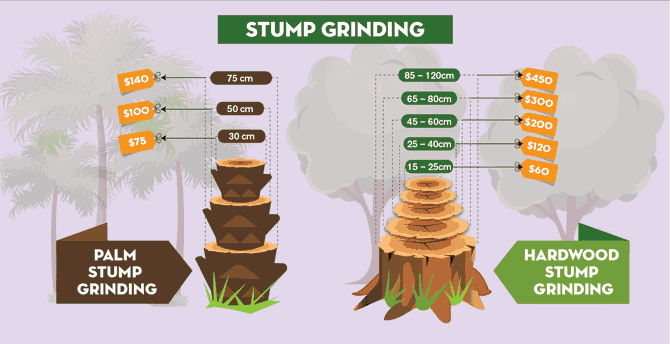Seasonal Tree Care: How To Take Care Of Trees Before And After Removal
Seasonal Tree Care: How To Take Care Of Trees Before And After Removal
Blog Article
Article Created By-
When it comes to seasonal tree treatment, ensuring proper administration prior to and after removal can dramatically impact the wellness and aesthetic appeals of your landscape. By recognizing the necessary steps involved in analyzing tree health and getting ready for elimination, you can proactively secure your building. But what about the essential methods to adhere to as soon as the tree is gone? Stay tuned to discover the vital post-removal care steps that will assist you cultivate a thriving and sustainable setting for your trees.
Pre-Removal Tree Care
Before attending to the removal of a tree, it's essential to prioritize pre-removal tree treatment. Start by analyzing the tree's health and wellness and architectural integrity. Look for indications of disease, bug invasions, or any type of architectural problems that might pose a safety hazard during elimination. It's essential to speak with a licensed arborist to determine the most effective course of action.
Pruning dead or unhealthy branches can stop additional damages to the tree and make certain a smoother removal process.
Furthermore, take into consideration the ecological influence of eliminating the tree. Trees play an important function in our ecological community, so growing a new tree in an appropriate area can assist balance out any loss. Ensure that you have the essential permits and approvals for tree elimination, particularly if the tree is safeguarded by local laws.
Seasonal Upkeep Tips
Analyzing your tree's requirements throughout the year is imperative for its health and durability. To keep your trees in leading condition, follow these seasonal upkeep suggestions.
In spring, concentrate on trimming to remove dead or broken branches and urge new growth.
Summer season requires routine watering, specifically during dry spells, to guarantee your tree stays hydrated.
As fall approaches, keep an eye out for very early indicators of illness or tension, and consider using compost to protect the origins throughout winter months.
In wintertime, be cautious when eliminating snow from branches to stop breakage, and continue to check your tree's overall health and wellness.
Remember to change your treatment routine based upon the particular requirements of your tree species and local environment. By remaining arborist chainsaw and aggressive throughout the seasons, you can aid your trees prosper and grow for years to come.
Post-Removal Tree Care
To ensure the health of your landscape also after tree elimination, correct post-removal treatment is necessary. After a tree is removed, it's crucial to load the remaining hole with topsoil and compact it to prevent settling. This will assist keep the integrity of the ground and stop potential dangers in the future.
Consider growing brand-new vegetation instead of the gotten rid of tree to restore the balance and visual appeals of your landscape. On a regular basis water the area to advertise the growth of new plants and protect against dirt disintegration.
Check the bordering trees for any kind of indicators of disease or tension that might have been triggered by the removed tree. Keep browse around here out for parasites that may've been brought in to the previous tree and take safety nets to safeguard the staying vegetation.
If necessary, speak with a specialist arborist to examine the impact of the removal on the bordering trees and identify any added treatment required. By following these post-removal care actions, you can guarantee the ongoing health and wellness and elegance of your landscape.
Conclusion
To conclude, aggressive seasonal tree care is essential for maintaining the health and wellness and balance of your landscape. By examining tree wellness, trimming, and talking to an arborist prior to elimination, you can make certain a safe procedure. After elimination, filling up the hole, planting new vegetation, and normal watering will certainly promote brand-new development and prevent erosion. Remember to examine surrounding trees for condition and seek further treatment procedures from an arborist to maintain your landscape thriving.
